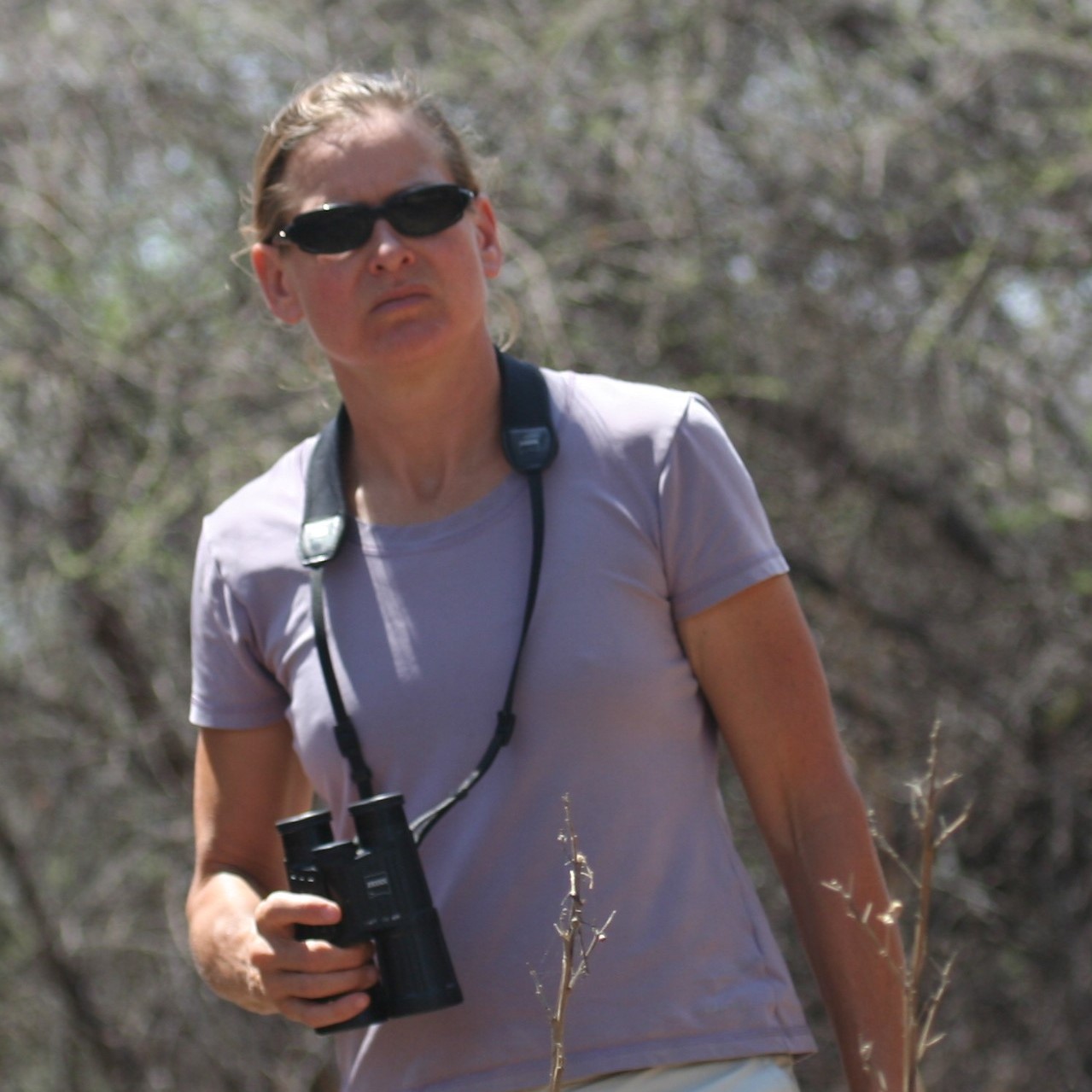About This Project
Fish are sensitive to changes in water quality and exhibit behavioral changes when exposed to contaminated water. Zebrafish, Danio rerio, are a commonly used model species due to some similarities to mammals, well-documented behavior, and easy maintenance. This project proposes to use D. rerio as an animal model to find behaviors associated with water contamination, such as changes in swimming behavior. These behaviors will provide a more biologically relevant way to analyze water.
Ask the Scientists
Join The DiscussionWhat is the context of this research?
A recent update to the Official Mexican Standard (NOM)-127, which regulates water quality in Mexico, now requires biological context for water sources. When examining environmental conditions, behavior is an effective indicator that can link ecology with physiology (Chon et al., 2009; Xiao et al., 2015). Fish are very sensitive to water contamination and can exhibit behavioral changes when exposed to small amounts of contaminants (Gauthier & Vijayan, 2020). Using fish behavior for environmental assessment allows for direct and continuous measurements to contaminants that are not detected with the use of physiochemical monitoring systems alone (Van der Schalie et al., 2001).
What is the significance of this project?
Animal models have been used before in ecotoxicology studies to examine the effect of water quality. The problem with this traditional toxicological approach is that the desired behavior is often death or acute toxicity after a set exposure period (Banerjee et al., 2023). Fish are extremely sensitive to small changes in water quality. Despite this, very little effort has been made into exploring the immediate effects (within several minutes) of contamination. A list of specific, immediate behaviors associated with contamination would be a start in filling this knowledge gap. This study aims to document immediate changes in behavior when exposed to contaminated water, rather waiting for serious bodily harm or death to occur to draw conclusions about the state of the water.
What are the goals of the project?
There are two main goals of this project.
First, is to create a list of specific behaviors, called an ethogram, associated with contamination exposure. To do this we will film our fish in clean water and synthetic wastewater. The synthetic water is water created in our lab made to mimic the water contamination found in the local area. Using behavioral software, we will analyze the videos to identify behaviors associated with water contamination exposure.
Second, is to use the identified behavior to assess real water samples obtained from sources with known contamination in the local area. The ultimate goal is to provide results that give the Mexican government biological context to the current state of their water.
Budget
The budget for our project is $10,000 USD. All funds will be used to aid us in the development a catalogue of fish behaviors strongly associated with water contamination exposure.
All the listed items of equipment (water meters, dehumidifier, power generators, computers, filters, and fish feeders) are all key specialized items of equipment that are imperative to the completion of this project. Furthermore, all equipment will be maintained by the Ecology and Behavior Lab and be used to support future research projects.
The publishing fees are a necessary and expensive cost required for our lab to publish our findings in a reputable scientific journal.
The experiment.com platform charge of 8% as platform fees and 2.9% processing charges is also included as apart of our funding target. Including this cost in our budget allows us to fully use all of our donations exclusively for the items listed above.
Endorsed by
 Project Timeline
Project Timeline
This research project is currently underway, but we will need additional items of equipment to be able to continue successfully. We will start the development of the ethogram in May 2024 and plan to finish it by July 2024. We will then use the behaviors identified in our ethogram to analyze real world water samples beginning in September 2024.
In 2025 we hope to publish both our ethogram and the results of the water analysis using our previously identified behaviors.
May 01, 2024
Start ethogram development
May 29, 2024
Project Launched
Jul 31, 2024
Complete ethogram
Sep 01, 2024
Use ethogram to test real world water samples
Feb 01, 2025
Publish ethogram
Meet the Team
Affiliates
Janey Bryce Haddock
We have all been asked what we want to be when we grow up. My answer was always the same: “I want to travel the world, become a detective, then spend the rest of my life as a biologist”. This ambitious and oddly specific answer was justifiably met a fair amount of skepticism. It was as realistic as saying I want to grow up to be a dragon, but to me, this was my life's mantra.
Determined to fulfill my childhood dreams, I enlisted in the US Army after graduating high school as a military police soldier with the ultimate goal of funding my future education. During that time, I became a US Army Criminal Investigative Division Special Agent and I earned my Bachelor of Science in Investigative Forensics with a Minor in Biology. I also was fortunate enough to live and work in many amazing places throughout the world, such as South Korea, Germany, Spain, Poland, the Czech Republic, and various states across the US. This job taught me the rigors of sterile procedure and research techniques, which molded me into better future scientist.
Undeterred from my ultimate goals, I eventually left the Army to pursue a higher education in the field of biology. I was accepted into a Post Baccalaureate research program in the department of mammalogy at the University of Kansas (KU). There I learned how conduct biological field work and how to write and publish my own scientific research. During my time at KU, I met my future mentor Dra. Maria de Lourdes Ruiz Gomez. She offered me a position in her lab as a graduate student and I eagerly accepted.
As of today, I conduct research on animal behavior in the Ecology and Behavior Laboratory in the Autonomous University of the State of Mexico located in Toluca, Mexico. I am extremely grateful to all those who have helped me along the way as I continue to chase my dreams.
Lab Notes
Nothing posted yet.
Additional Information
This is the camera view when filming a test aquarium from above.
This is our filming station, where all our experimental groups are filmed.
Project Backers
- 24Backers
- 100%Funded
- $10,085Total Donations
- $420.21Average Donation


